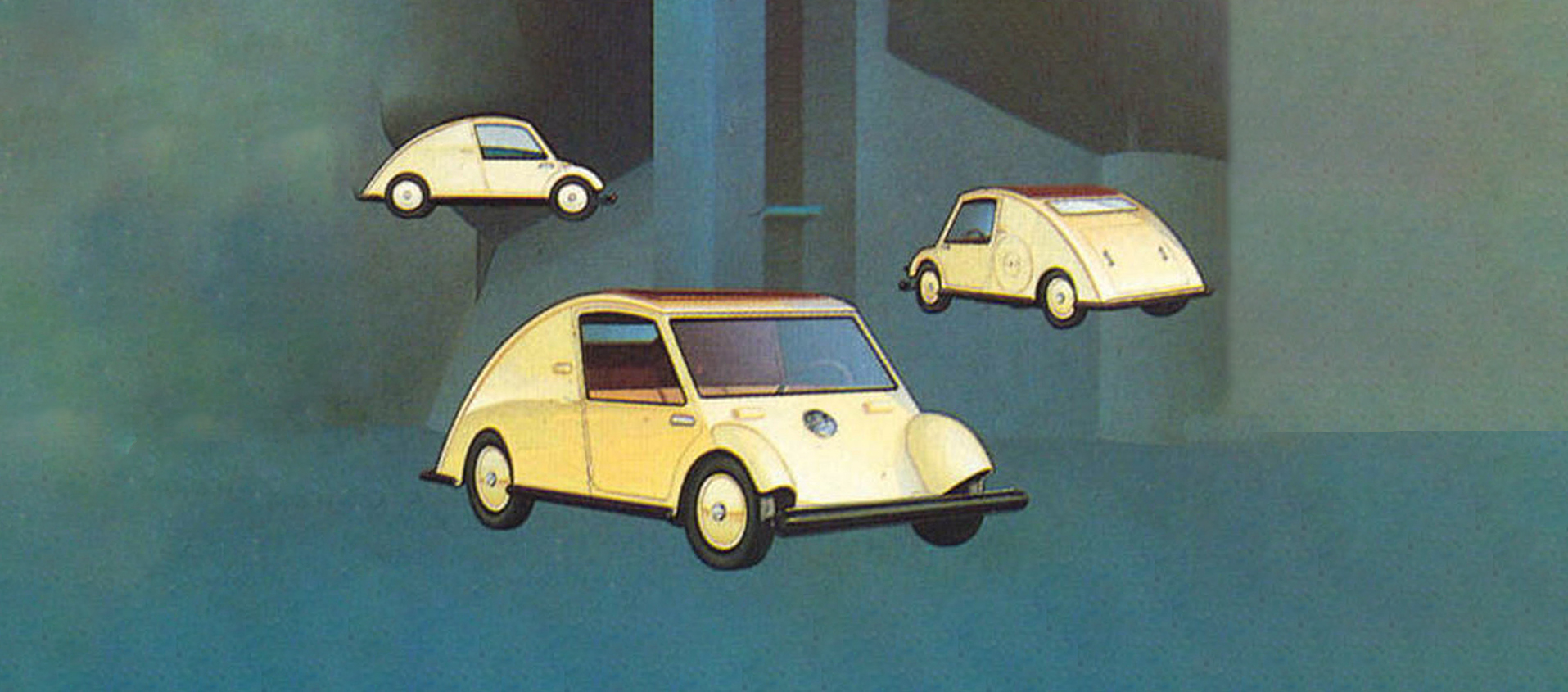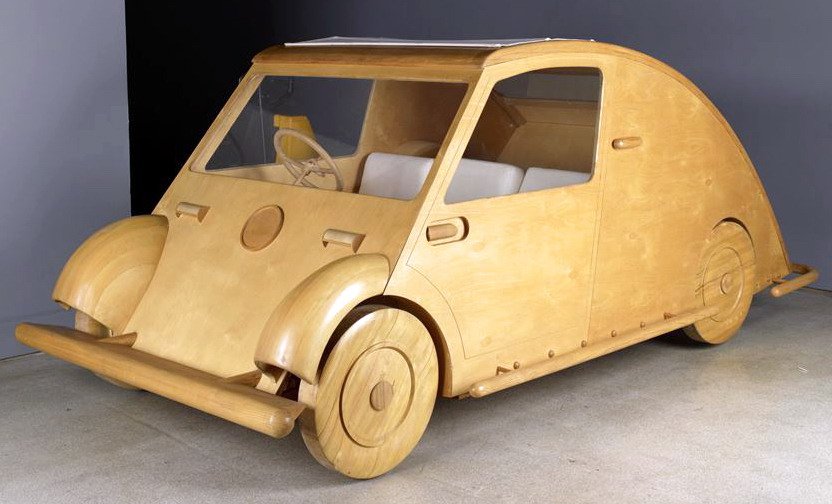Great architects and cars. When?
19 November 2020 1 min read 7 images

The temptation to design cars is quite frequent among famous architects but has never really led to anything extraordinary. Why is that? Because cars are very different to buildings and you have to be very specialized to make one successfully (there are many architects among car designers, but they make cars and not buildings). In last year’s TCCT yearbook, The Key 2019, we published a wonderful story by an architect who is also a car designer, Roberto Giolito, the man who created today’s 500 and the Fiat Multipla, about the car designed by the legendary Gio Ponti. So many ideas, and admiration, but nothing ever produced.
Register to unlock this article
Signing up is free and gives you access to hundreds of articles and additional benefits. See what’s included in your free membership. See what's included in your free membership.
Already have an account? Log In


